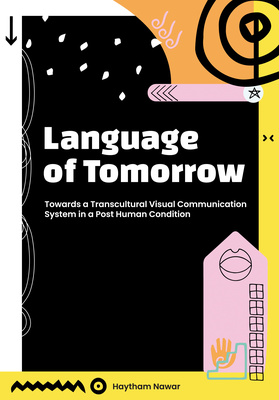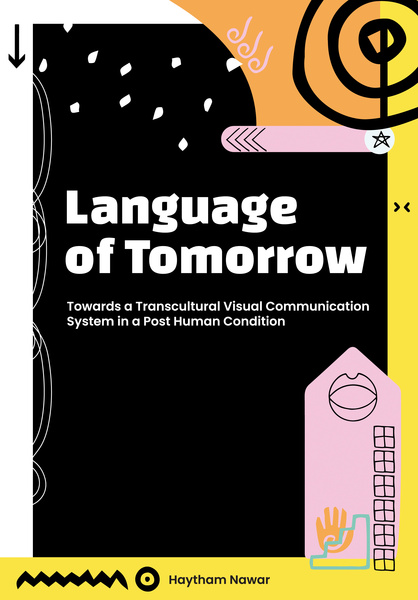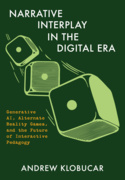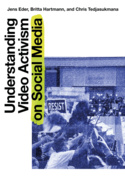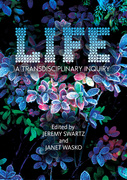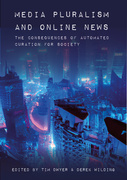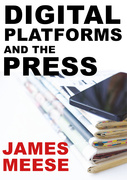Language of Tomorrow (Book)
Towards a Transcultural Visual Communication System in a Posthuman Condition
A comprehensive guide to the history, evolution and current forms of pictographic communication, from Mesopotamian writing systems to emojis. It also discusses the future of communication and the possibility of developing a standardized universal pictographic language. 73 b/w 37 col. illus.
Edition
This book gives an overview of the development of the evolution of language through a philosophical lens, and is a culmination of research combining visual communication, semiotic theory, cultural studies, linguistics, artificial intelligence and new media.
It discusses the future of communication – through a pictographic framework – and the possibility of developing a standardized universal pictographic communication system that fosters mutual understanding and bridges diverse cultures. The research aims to locate the direction that research and development of a universal language for the posthuman era could take through the contextualization and realization of associated practice.
Highly relevant in today's discussion about globalization, language and culture, the combination of the view of design, philosophy, culture and technology makes this book unique.
Postgraduate students of design, art, philosophy and researchers and academics in the fields. Scholars and students working in linguistics. Cultural studies. Theory of art and design. Artificial intelligence (AI) and art-tech.
Haytham Nawar is an Egyptian artist, designer, scholar and educator. He is chair of the Department of the Arts at the American University in Cairo and he is the founder and director of Cairotronica, Cairo Electronic and New Media Arts Festival. Nawar received his Ph.D. from the Planetary Collegium, Center for Advanced Inquiry in Integrative Arts, University of Plymouth, and is a Fulbright alumnus. He has participated in several exhibitions and has won several national and international awards. Currently, he is researching, writing and publishing in the fields of design history and practices with a focus on the Arab world and Africa.
Introduction
Pictographic, logographic, ideographic writing systems and languages
Methods of constructed pictographic communication systems
Linguistic signs in visual communication
Trans-culturalism and posthumanism
Conclusion

